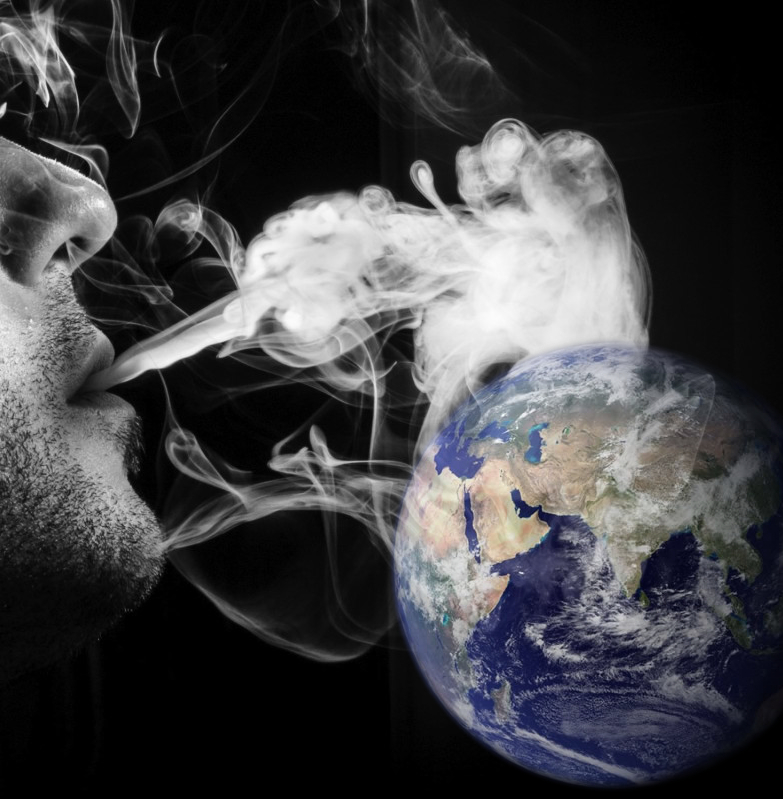Planet's vital signs decline
 Scientists say the Earth’s vital signs are worsening.
Scientists say the Earth’s vital signs are worsening.
It is almost two years since a group of 11,000 scientists declared a global climate emergency, and produced a set of benchmarks for the planet’s health.
But now, the same international coalition says its update on those vital signs “largely reflect the consequences of an unrelenting ‘business as usual’ approach to climate change policy”.
“Especially troubling is the increase in climate-related disasters, including the 2019-20 Australian megafires, and the fact that three main greenhouse gases – carbon dioxide, methane and nitrous oxide – set records for atmospheric concentrations in 2020 and again in 2021. This was despite shifts during the COVID-19 pandemic,” says Dr Thomas Newsome from the University of Sydney.
The research group has laid out a climate update in a paper published this week in BioScience, which calls for a “three-pronged near-term policy approach”, including:
-
a globally implemented carbon price
-
a phase-out and eventual ban of fossil fuels
-
strategic environmental reserves to safeguard and restore natural carbon sinks and biodiversity
The authors say the introduction of a global price for carbon needs to be high enough to induce ‘decarbonisation’ across the industrial and consumption spectrum.
Dr Newsome said: “We suggest an urgent need for transformative change to reduce greenhouse gas emissions and, more broadly, human overexploitation of the planet.
“Opportunities still exist to shift pandemic related monetary support measures into climate friendly activities; it is encouraging to see fossil-fuel divestment and fossil-fuel subsidies improving in record setting ways.”
The scientists note an unprecedented surge in climate-related disasters since 2019, including devastating floods, record heatwaves, and extraordinary storms and fires.
“There is growing evidence we are getting close to or have already gone beyond tipping points associated with important parts of the Earth system, including warm-water coral reefs, the Amazon rainforest and the West Antarctic and Greenland ice sheets,” said Professor Ripple, distinguished professor of ecology in the Oregon State University College of Forestry.
Last year was the second hottest year in recorded history, with the five hottest years on record all occurring since 2015. In April this year, carbon dioxide concentration reached 416 parts per million, the highest monthly global average concentration ever recorded.
“Priorities need to shift toward immediate, drastic reductions in greenhouse gases, especially methane,” said Dr Christopher Wolf, a postdoctoral scholar at Oregon State.
With its myriad economic interruptions, the COVID-19 pandemic had the side effect of providing some climate relief but only of the ephemeral variety, the scientists say.
Global gross domestic product dropped by 3.6 percent in 2020 but is projected to rebound to an all-time high. Likely because of the pandemic, fossil-fuel consumption has gone down since 2019, as have carbon dioxide emissions and airline travel levels. All of these are expected to significantly rise with the opening of global economies.







 Print
Print